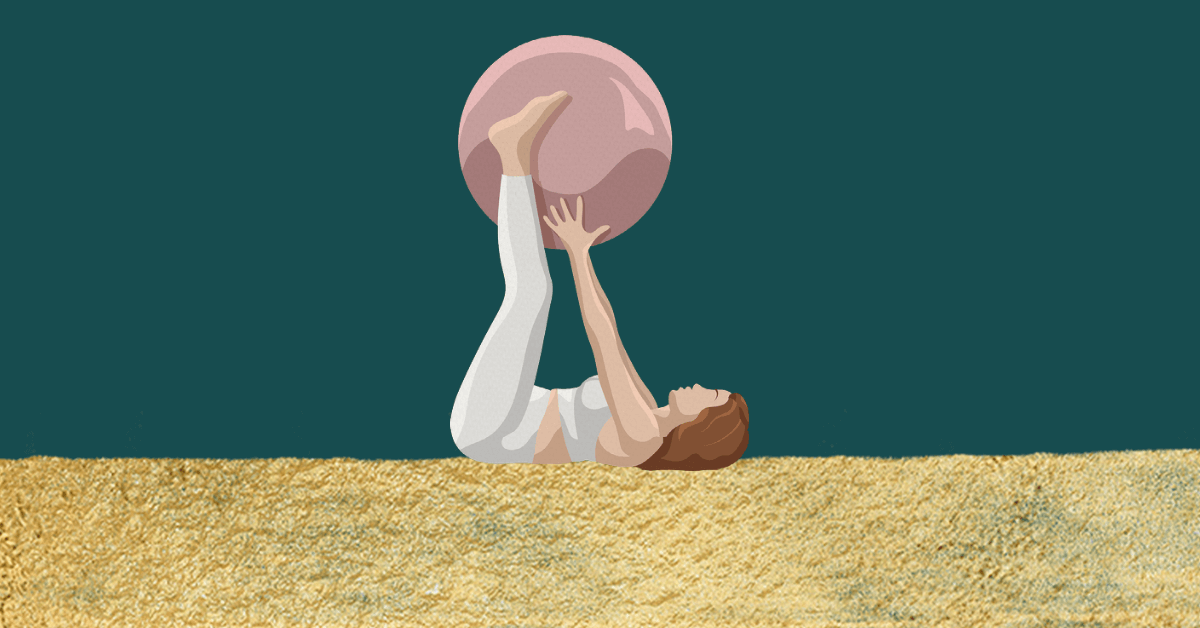Chronic Pain Management through Remote Physical Therapy
During the pandemic, we were all pushed to embrace digital connection. Physical Therapy, it turns out, has many advantages when done online.

Introduction
Living with chronic pain can be debilitating and frustrating. Patients may feel overwhelmed and struggle to attend in-person visits. Remote physical therapy and virtual care options provide patients with a way to receive the care they need from the comfort of their own homes. Many clinics are turning to hybrid treatment models to make care more accessible. While all patients can reap the benefits of new health technology, those battling chronic pain are in a unique position to utilize this care to meet their needs in a better manner.
We all do the best we can. But our health is often deprioritized. If you could only do one thing to improve your health, this should be it.
lifeism.coRemote Physical Therapy Makes Care Accessible Anywhere
Patients struggling with chronic pain may feel more comfortable receiving remote physical therapy from within their homes. It offers patients greater convenience and control over their treatment, while also enabling the session to take place in their everyday environment and at a time that works best for their schedule.
Remote physical therapy can be synchronous (communicating in real-time using video and audio calling) as well as asynchronous (communicating via chats, texting, and video messaging using a HIPAA-compliant platform). This greatly enhances communication between the patient and provider, improving the therapeutic alliance – a critical component in patient care, especially when treating patients with chronic conditions.
Benefits of Remote Physical Therapy:
There are several benefits of remote treatment that are not realized when the patient is treated offline. Patients requiring physical therapy often have trauma or injury, making their mental, emotional, and physical state a priority. All of this can be achieved with ease when the therapy is conducted online, with the use of technology.
- Improved convenience and control for patients
- Sessions can take place in the patient's everyday environment
- Real-time communication and messaging options
- The enhanced therapeutic alliance between patient and provider
- A recorded session that the patient or the provider can refer back to when needed
- The ability to continue sessions with the same provider in case the patient moves travels or is unable to attend a physical session for any reason.
Many psychologists today will disagree with your productivity routine and prescribe playing instead, for both, adults and children. Here is why.
lifeism.coThe Advantages of Synchronous and Asynchronous Communication
Research suggests that telehealth solutions benefit patients with chronic pain, and can successfully be implemented by physical therapists to deliver timely remote care to this patient population and enhance clinical outcomes. Both synchronous and asynchronous modes of communication have their own set of advantages.
Synchronous Communication:
- Allows for real-time interaction between patient and provider
- Can help improve patient engagement and motivation
- Enables more accurate assessment of patient mobility and function
Asynchronous Communication:
- Provides greater flexibility for patients who may have difficulty scheduling synchronous sessions
- Enables communication at any time of day, regardless of time zone or schedule constraints
- Can be useful for sharing information and educational resources
Remote Therapeutic Monitoring: A Key to Improved Patient Outcomes
Remote therapeutic monitoring is a type of service that allows physical therapists to monitor and manage patient's health remotely. This is done by using technology to collect, analyze and transmit patient health data to therapists who can then use the information to make informed decisions and tailor treatment plans to the needs of each patient. Remote therapeutic monitoring can be used for a variety of musculoskeletal conditions, including chronic pain.
Benefits of Remote Therapeutic Monitoring
- More frequent and accurate monitoring of patient mobility during real-world circumstances
- Enables establishment of baseline and detection of changes in health status earlier
- Improves treatment efficacy and personalized care
- Increases patient engagement and adherence to treatment plans
OneStep: A Game-Changing Technology for Remote Therapeutic Monitoring
New technology, like OneStep, can turn any smartphone into a gait and motion analysis lab, providing objective insight into patient mobility without any wearables. OneStep offers a range of features that can help physical therapists monitor patient progress and make data-driven decisions about treatment plans.
Features of OneStep
- Gait and motion analysis without wearables
- Objective insight into patient mobility and function
- Real-time data tracking and analysis
- Customizable reports for tracking progress and outcomes
Technology is progressing at the speed of light, making it possible to give consistent, reliable, and personalized care to everyone, irrespective of location. Remote physical therapy and virtual care options are revolutionizing chronic pain management by making care more accessible, convenient, and personalized. If you’ve been suffering from chronic pain and need physical therapy to get better, we suggest giving remote physical therapy a try.








Comments